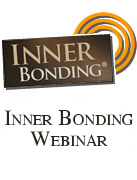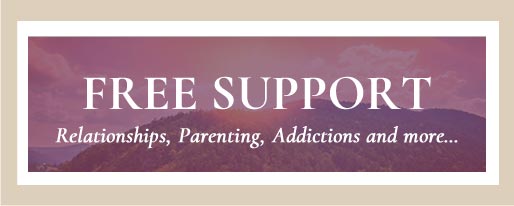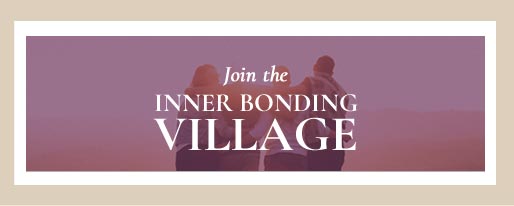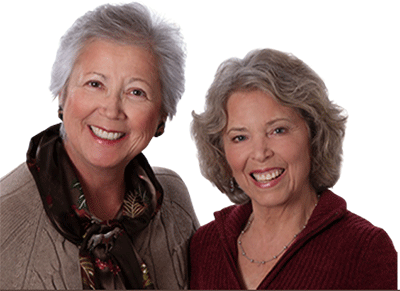One of the most powerful tenets of the Inner Bonding® theory is Step Two: Move into an intention to learn. As explained on the Inner Bonding® website:
“In Step 2, you focus in your heart and invite the compassionate presence of your higher self into your heart.
Now you’re ready to focus on “intent” – your deepest desire, your primary motivation. There are only two possible intents you can have in any given moment:
- The intent to protect yourself from pain
- The intent to learn about loving yourself
When you are in the intent to learn you are a Loving Adult. When you are in the intent to protect and avoid, you are operating from your shame-based ego wounded self.
This commitment to your intention to learn fully opens you up and allows you to connect with your feelings and your higher self.”
When you start to examine your intention, you realize how much it governs your life. You can approach any activity, class, or healing tool with an intention to avoid or transcend your pain or an intention to bring compassion to it and open to learning from it. If you seek help from a therapist, for example, to shift out of your misery but your underlying and often unconscious intention is to avoid responsibility for your pain and instead want your therapist to do the work for you, you won’t heal. You can learn to meditate with the intention of transcending your pain or you can learn mindfulness with the intention of learning to be with your pain. The tool is the same but the intention determines how much space and emotional freedom you’ll experience as a result of the practice.
It’s an interesting paradox: While feeling serenity, inner peace, true joy and fulfillment are the desired outcomes of any healing practice, if you approach the healing with the sole intention of “getting over” the pain and only feeling the “good” stuff, you’ll bypass the essential steps that will ultimately allow you to heal. In other words, you have to be willing to let go of (the illusion of) control over the outcome and dive into your pain and exploration if you have a chance at finding the desired outcome.
So if intention is so crucial in terms of true fulfillment, why is it so hard for people to choose to learn? In listening to my clients, I’ve simmered it down to three basic fears:
1. If I explore the different parts of myself, I’ll discover that I’m a horrible person, that I really am my worst fears about myself.
2. If I’m willing to open to my pain, I may go crazy, lose control and never stop crying.
3. And for my clients who are suffering through relationship anxiety, the number reason why they’re scared to choose an intention to learn is that they’re afraid they’ll discover that their truth is that they have to leave their loving, wonderful partner.
If you’re struggling with these beliefs and fears, I’d like to offer you a few lifeline lines to help you find your courage to dive in:
1. You are intrinsically good and essentially worthy. If you’ve found your way to my site and you’re sitting here reading these words, it’s because you’re in pain and searching for tools that will help you find your inner freedom. This in itself indicates that you have a desire to learn and heal. The people who find me are generally suffering from some sort of anxiety, and integral to the anxious personality type is a high level of sensitivity, creativity, and connection to a spiritual source. Because you weren’t offered tools and guidance for channeling your sensitivity into creativity and spirituality, it had no choice but to morph into anxiety. But at the core is a kind, loving, good, sensitive person. Approach yourself through the eyes of your higher self (God, guidance), and you’ll see the unwavering goodness of who you are.
2. Adults don’t go crazy or lose control when they find the courage to feel the depth of their pain. This is a child’s fear that is born when, as a baby or young child, the depth of your pain was ignored or dismissed and you felt like you were going to die. The enormity of pain, frustration, anger, and loneliness coursing through a tiny body is too much if it’s not held and contained within the warmth of compassionate arms, and your only choice was to erect a wall of protection around your heart and adopt the belief that your pain is too big to handle. As an adult, you must deconstruct this belief and find the courage to test out the truth if you’re going to heal.
3. If you’re with a loving partner with whom you share a core connection (and when anxiety isn’t in the driver’s seat you know if this is true), there’s no reason why you’ll discover that your truth is that you’ll have to leave. The truth is that doing this work softens your fear walls and allows you to share more love, not less. When you break through the anxiety and say yes to love, you move toward your partner, not away. It’s fear that tells you to leave, not love. It’s fear that tries every line in the book to convince you not to take the risk of loving. When you do this work you discover how powerful fear can be and you find that you can make a choice regarding whether or not you listen.
Here’s your lifeline: In all my years of doing this work and the thousands of people I’ve come into contact with, I’ve never seen someone who’s in a loving relationship discover that they’re truth is that they have to leave. Of course, it’s entirely possible that someone thought that their truth was to leave but it was actually a cleverly disguised fear-voice masquerading as truth. And it’s possible that I haven’t heard of the ones that decided to leave. But my Conscious Weddings E-Course forum and counseling practice are chalk full of people who have found the courage to choose an intention to learn, dive in to the gritty and dark elements of their inner world, and emerge with the greatest rune we discover: an open heart that says yes to struggle, yes to marriage, yes to learning, yes to pain, and yes to love.


 Send this article to a friend
Send this article to a friend Print this article
Print this article Bookmarked 3 time(s)
Bookmarked 3 time(s) Share with Del.icio.us
Share with Del.icio.us Share with Digg
Share with Digg








